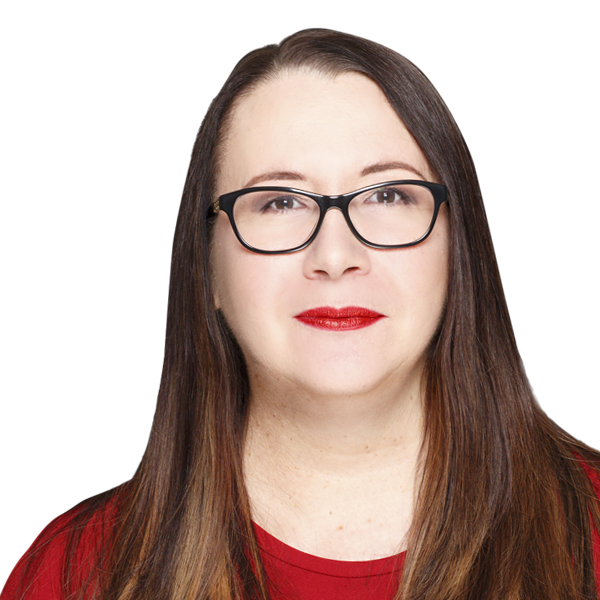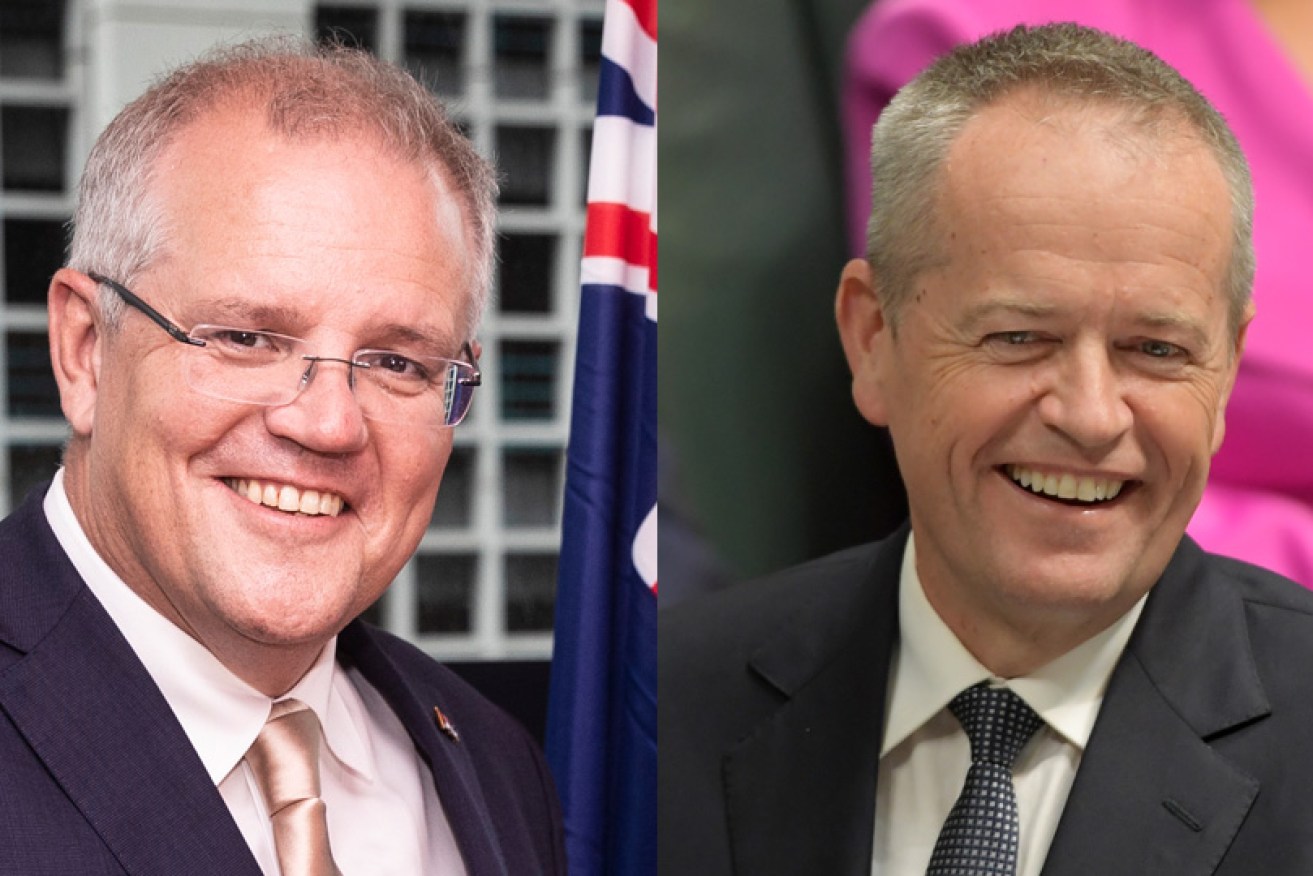Election 2019: Why the press should never, ever let politicians bury them with blather


The polls Photos: Getty
It has been a long time coming, but events this week suggest the 2019 federal election could be the moment the Australian media pushed back against being ‘managed’ by politicians.
The tussle for dominance between journalists and politicians is an age-old phenomenon.
One wants to uncover the facts for the public good, while the other wants to expose only some facts and hide others.
Politicians and their media strategists have developed an armoury of tactics to ensure that only their preferred information is highlighted during a press conference or interview.
These include avoiding the question altogether (“I reject the premise of your question”) or creating a wall of waffle that a journalist can only pierce with interruptions, making them appear rude and argumentative.
Prime Minister Scott Morrison has developed his own way of avoiding difficult questions – particularly those about his success in last year’s Liberal leadership coup – by dismissing the query as a niche obsession of the few people inside the ‘Canberra bubble’.
There are also carefully crafted non-answers, such as “we have no plans to do x” instead of saying “we won’t do x”.
Plans can – and frequently do – change, as we have seen in recent times, whether those plans were to not challenge for the leadership or retire from Parliament.
Bill Shorten was caught out this week saying Labor had “no plans to increase taxes on superannuation” and “no plans to introduce any new taxes on superannuation”.
When challenged that this wasn’t the same as ruling it out completely, and would he do so, the Labor leader said “sure” instead of actually ruling it out.
Later, Mr Shorten had to clarify that he meant ‘no plans other than the existing plan’ to raise $34 billion from changes to superannuation.
Even more pernicious is the framing of issues or information to undermine opponents. Ever since Tony Abbott and his most senior adviser Peta Credlin successfully labelled Labor’s emission trading scheme as a ‘carbon tax’, the Coalition has repackaged other Labor policies as taxes in an effort to twinge the hip-pocket nerves of disengaged voters.
Labor uses a similar tactic, but with “spending cuts” instead of taxes, claiming the Coalition’s failure to match Labor’s promised expenditure on services such as health and education are cuts to spending that must be restored.
By presenting complex policies in these simplistic but headline-grabbing ways, the parties aim to co-opt the media into using their misleading descriptions. Some media outlets do this far too often.
However, the most powerful media management tactic is to reduce the access of (some) journalists altogether – particularly those that resist being managed by any of the other methods.
Restrictions can range from freezing out whole media outlets by dropping them off the email distribution lists for announcements and press conferences or boycotting individual journalists or media programs.
According to The Australian this week, the Prime Minister refuses to appear on ABC’s Q&A or be interviewed by Kiis-FM’s Kyle and Jackie O. Meanwhile Mr Shorten shuns the conservative commentariat at 2GB.
Even unelected candidates can be withdrawn from media scrutiny if they are considered to be too much of a risk, as we saw this week with Gladys Liu, the arch-conservative Liberal candidate selected to replace the defector Julia Banks.
Ms Liu backed out of an interview on Sky News Australia when the network’s journalists refused to guarantee they would not ask her about the controversial comments she made in 2016 about LGBT people.
Although not immediately obvious, restriction of access is also the point of the election campaign buses that accompany the two major party leaders.
The bus ferries journalists, photographers and camera operators from one highly orchestrated campaign event to the other, giving little notice of the issue to be discussed and providing only limited access to the leader.
Chloe joins Bill Shorten to help hand-out hot cross buns at the Salvation Army Cafe in Melbourne. @9NewsAUS #ausvotes19 #auspol pic.twitter.com/KcL20caYXp
— Airlie Walsh (@AirlieWalsh) April 19, 2019
Senior journalists mostly stopped travelling on the leaders’ buses years ago, preferring to pursue their own stories than the prepackaged ones fed to the chooks on the campaign trail.
That’s why it was interesting to see the story this week of a political journalist who tried to break free from the strictures being imposed on the media scrum accompanying Mr Shorten.
After almost a week of announcements on health, most of which were on Labor’s cancer plan, the journalist from Network Ten posed a challenging question for Mr Shorten during a campaign stop: “You have focused almost exclusively, since your budget reply speech, on health. When can voters expect to learn more about Labor’s emissions-reduction target, how you’re going to get there, and the cost to the economy?”
The Opposition Leader was unprepared for the question and didn’t have the numbers to hand, and his attempts to deflect the question were rebuffed by the journalist.
Mr Shorten was only slightly better prepared when the same journalist asked a related question the following day.
As a result, coverage of the election campaign became less about Labor’s endlessly reheated health announcements, and more about how much the major parties’ announcements would cost and how they would be paid for.
This was an important adjustment of the campaign, which Australian voters deserve much more of.
More challenges by journalists during press conferences, such as “that’s not really a new tax” and “that’s not really a spending cut”. More use of fact checks and more calling out of politicians’ hyperbole and lies during interviews.
If the media does not insist on exposing truth, it will be seen as complicit in peddling lies and relegated by voters to being little more than another vested campaign operative.
Only by pushing back against the campaign tactics deployed to manage and shape their election reporting can journalists fulfil their aim of serving the public good.








